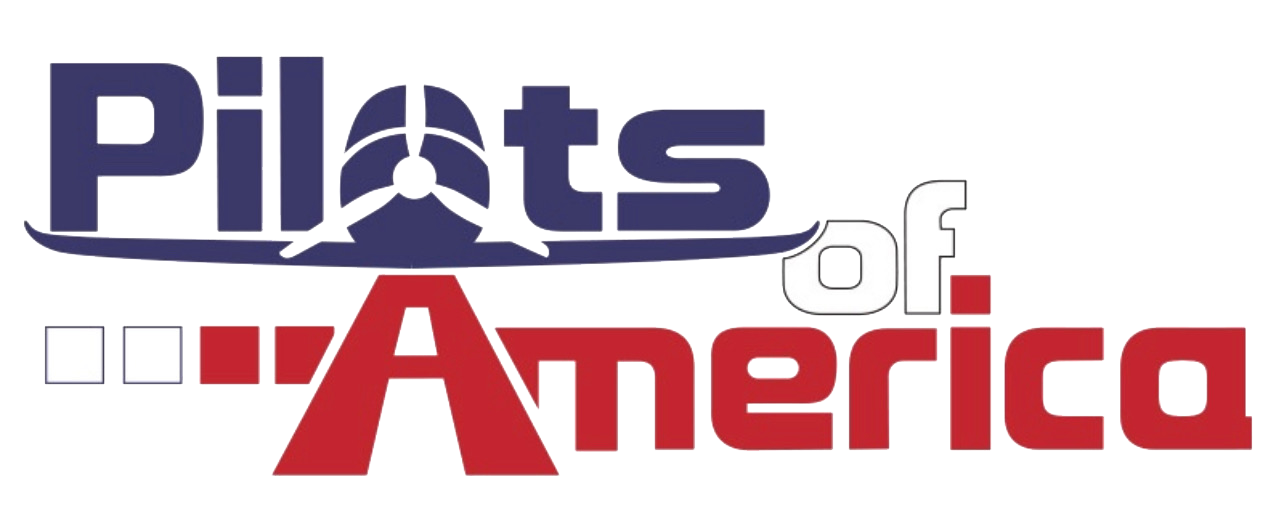Active,
While the Comanche is a fine plane, you really need to get a ride in a Bonanza. I too, looked seriously at the Comanche, and had a fair amount of time in them, singles and twins, and went for the Bo and never looked back.
The Bo will cost you a few bucks more, but the direct operating costs per mile will be close, perhaps a bit better for the Bo. The Comanche is well built, has some gear quirks, has a smaller cabin, could have better balance (depending) and parts are available for both. The Bo handles much better, has stronger support, and there's a ton of them out there.
You won't go wrong with either, assuming you do a good pre-purchase, get good training and understand what it takes to maintain these planes (which really isn't bad in either case). I've owned two Pipers, and flown a lot of them from the TriPacer to the Cheyenne, no regrets. I've got a lot more time in the Beechcraft and like them more overall.
Get that ride, and then we'll figure out which model Bo you need.....
